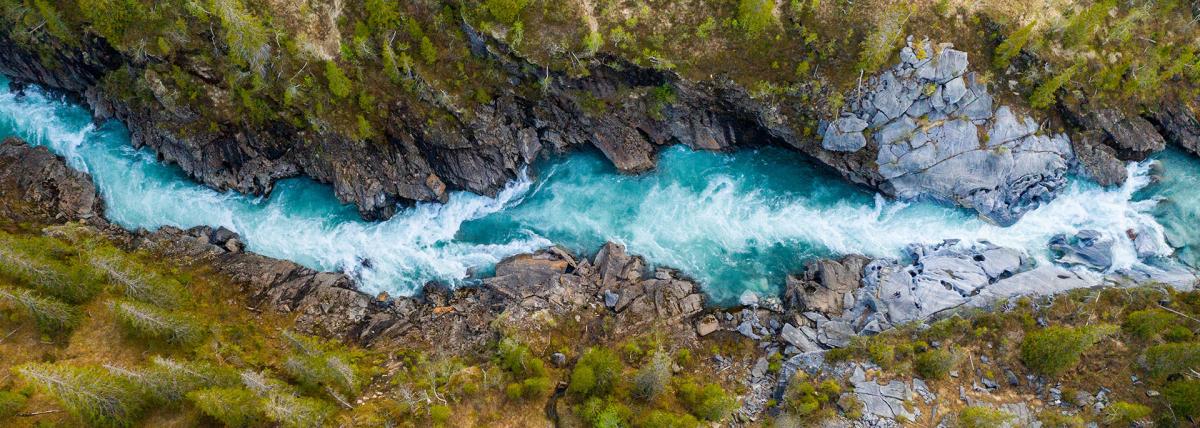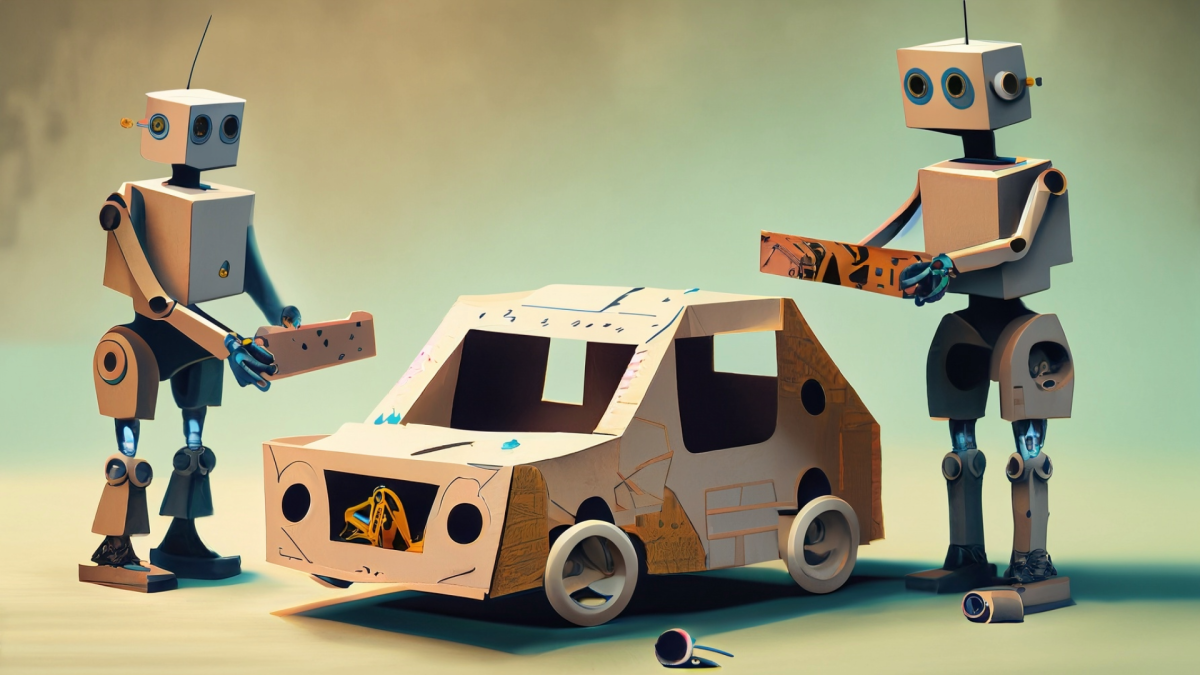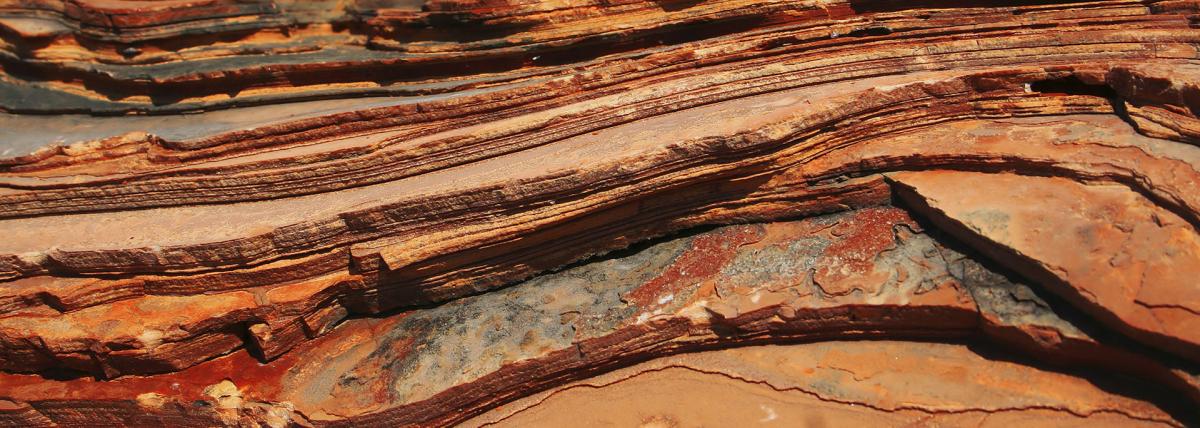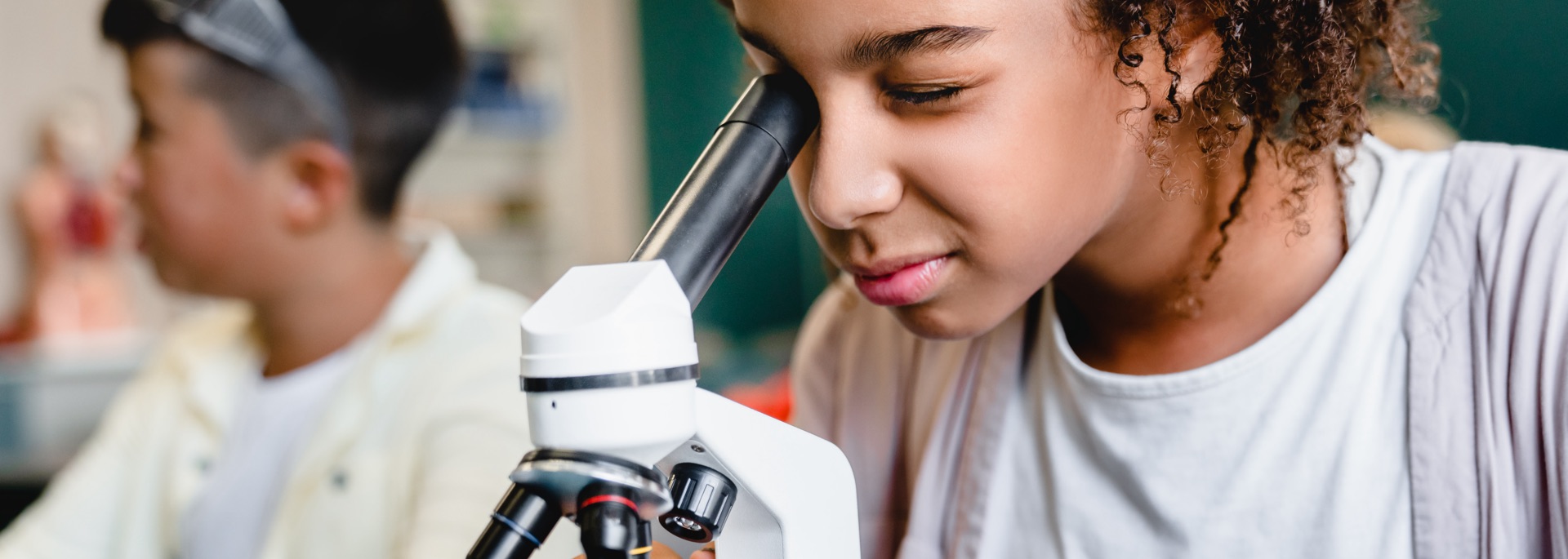Students design getaway vehicles for the Grinch, applying STEM concepts. Math, creativity, and teamwork merge in this engaging lesson inspired by Dr. Seuss.
In this lesson students will use the Engineering Design Process to create a working foosball table. Students will also code a Micro:bit that they will use to keep score between the two teams.
This lesson plan aims to educate students on the art of cut flower gardening and inspire them to contribute to the beautification of Arizona through the cultivation of vibrant blooms. It emphasizes
Day 2! Students start the process of building their Estes Alpha 3 rockets all the way to completion!
Students will design and construct a prototype of a tiny house on wheels. They will use graph paper to draw out their ideal tiny house on wheels, ensuring the sizing of the rooms and ceilings are
Students use test strips and research to solve the issue of a fish death in our classroom tank. This would also work well for the initial setup of a tank. Students see a tangible, observable, real
Get your students up and moving! Together, you and your students will move and create a model of the solar system. Your kinesthetic learners will love this lesson! The solar system comes to life
Students will learn the history of rainsticks. They will engineer and design their rainstick. Students have to figure out how much rice, beans and corn goes inside to make the sound of rain. Finally
On day one, students will learn the history of the boomerang. Then on day two, the students will engineer and design their boomerang. Finally, the students will fly their boomerangs.
Students will build landing gear to successfully land a rover on Mars.
Students use an interactive map and ArcGIS software to analyze the impacts of climate change on global populations.
This lesson walks students through the movement of air in the atmosphere and the energy that drives it. It contains a PowerPoint, activity, worksheet and assessment.
Lesson explores compounds, mixtures and solutions, defining each and what distinguishes them from each other. Students complete a lab as an introduction, use a PowerPoint to refine their knowledge and
Splash of Science
Students measure the temperature of water as it cools to learn about heat transfer and thermal properties while using line of best fit, linear regressions and/or quadratic regressions.
This is the first of four lessons based on the novel Space Case by Stuart Gibbs. This lesson will help create equitable background knowledge for the literature-infused project-based learning project
Students will construct an explanation using evidence to demonstrate that objects can affect other objects even when they are not touching. They will explore electric, magnetic, and gravitational
The objective of this lesson is for students to use the design process to design their own solar dehydrator. When students are designing their own solar dehydrator, there are several key aspects they
Description: In this engaging lesson, students dive into the fascinating world of bone anatomy by creating styrofoam models of bones and simulating fractures. Through hands-on activities, students use
In this lesson, students will explore how energy works using circuits and stored energy.
In this lesson, students will be creating a working model demonstrating Earth’s rotation and revolution. Students will be able to explain the differences between Earth’s rotation and revolution
In this lesson students will explore the world of VR and proceed by creating a model of what their VR world would look like if they could make one.
This lesson serves to provide an extension to lesson one. In this lesson, students will have the opportunity to build their own model of the solar system to scale, utilizing math concepts of exponents
Using the Engineering Design Process, students will design and create a marble maze out of cardboard and cardstock, making sure to include all the required elements. They will then create an air
Students will create a 3D bookmark in Tinkercad. I pace this unit for three days. Day 1 is the introduction of 3D printing and practice in Tinkercad. Days 2 and 3 are creating and sharing their
Featured Lesson Plans
Check out these notable lesson plans.

This interactive 4th-grade lesson plan focuses on erosion and weathering, key concepts in understanding Earth's geology. In "Dynamic Earth," students use an interactive simulation to explore how

Sailing Down the Road: Part 2
This is part 2 of a two part lesson called Sailing Down the Road. In this lesson students will design a sail that can successfully catch the wind and cause their cardboard car (from part 1) to drive

Explore Coal Mine Canyon's wonders! Watch a documentary, read about geology, draw the canyon, and use tech to learn about geological layers. Fun, interactive learning awaits!
